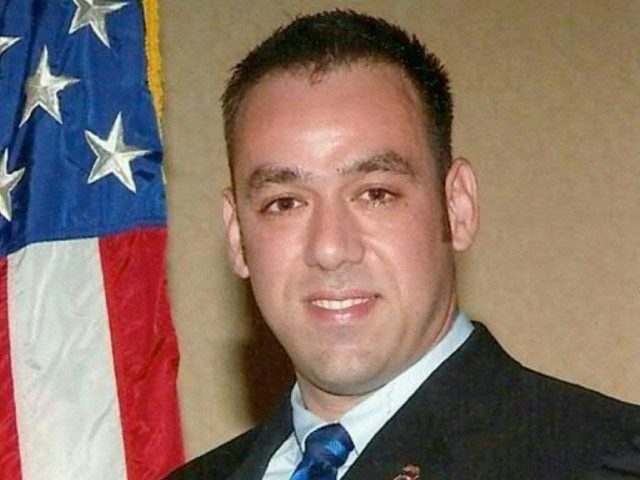In a report published this month, the Office of Inspector General (OIG) for the U.S. Department of Justice (DOJ) investigated the shooting death of Immigration and Customs Enforcement (ICE) Agent Jaime Zapata by drug cartel members. The report revealed that Zapata’s death may have been prevented if arms trafficking arrests had been made before the Feb. 15, 2011, attack.
The report’s executive summary states:
Overall we found numerous problems with ATF’s assimilation of information concerning the Osorio brothers and Morrison and the timeliness of ATF’s response to mounting evidence that they were committing firearms offenses. We determined that ATF’s Dallas Field Division had collected sufficient facts prior to Otilio Osorio’s purchase of the Osorio Firearm to justify questioning Ranferi Osorio and Morrison or taking other investigative steps within a reasonable time about their firearms purchases.
We do not believe that it is possible to identify what investigative steps should have been taken at the time, or precisely when arrests should have occurred, and that to attempt to do so now would be speculative.
We do, however, believe that there clearly was probable cause to arrest both Osorio brothers and Morrison after ATF witnessed the Osorios complete a transfer of 40 firearms on November 9, 2010. Yet, ATF’s first contact with the Osorios and Morrison did not occur until late February 2011. We did not agree with explanations that ATF offered for this delay.
The executive summary explains the circumstances on the day that members of the Los Zetas drug cartel opened fire on the vehicle carrying Zapata and ICE agent Victor Avila, who was seriously injured in the attack. The killers had been trafficking in arms and their activities were known by federal law enforcement, but they were only arrested after Zapata’s death.
On February 15, 2011, ICE Agents Victor Avila and Jaime Zapata were driving on a highway near the town of Santa Maria del Rio, approximately 200 miles north of Mexico City, when members of the Los Zetas (Zetas) drug trafficking organization opened fire on their vehicle. Agent Zapata died from his injuries and Agent Avila was seriously wounded.
On February 23, 2011, the Mexican military arrested several Zeta members and associates in in connection with the Zapata/Avila shooting and seized six firearms. Traces of these firearms showed that Otilio Osorio had purchased one of the firearms (Osorio Firearm) on October 10, 2010 at the Dallas-Fort Worth Gun Show, and that Robert Riendfliesh had purchased another of the firearms (Riendfliesh Firearm), on August 20, 2010 at a pawn shop in Beaumont, Texas. ATF’s comparison of cartridge casings and the statements of Zeta members linked both weapons to the Zapata/Avila shooting scene.
Osorio and Riendfliesh were arrested along with Osorio’s brother, Ranferi, and a neighbor, Kelvin Morrison, shortly after ATF completed traces of the firearms on February 25, 2011.
The 118-page report provides detailed evidence of the OIG’s investigation and draws conclusions but relies on earlier reports to provide recommendations on how the DOJ can improve their operations.
The report conclusion states:
We have opted not to make recommendations for improvement in this report, as we believe that the recommendations contained in our report on Operation Fast and Furious and in our recent report on the implementation of recommendations from that report are sufficient to address the deficiencies we identified here.
As all of these reviews demonstrate, the stakes for law enforcement in these high risk situations are significant, and the possibility of tragic consequences for failure to respond to them appropriately is all too real.
We intend to continue to monitor the progress of the Department and its law enforcement components to make every effort to ensure that it takes all possible steps to ameliorate that risk and to ensure that it acts pursuant to appropriate policies to protect the public safety in carrying out its essential mission.

COMMENTS
Please let us know if you're having issues with commenting.